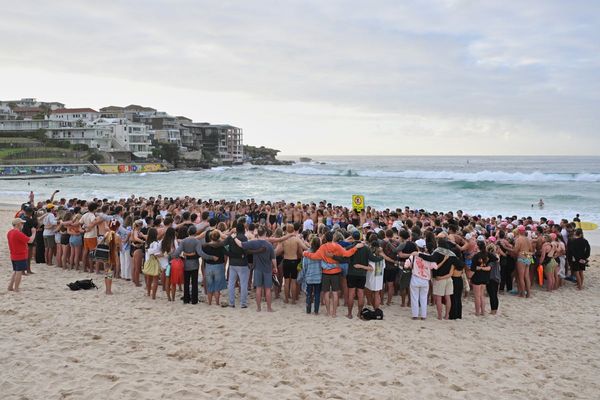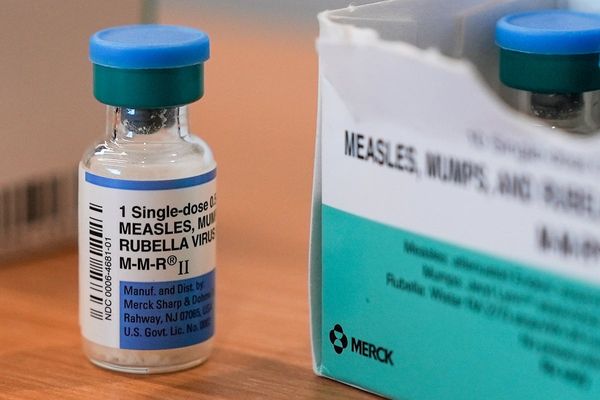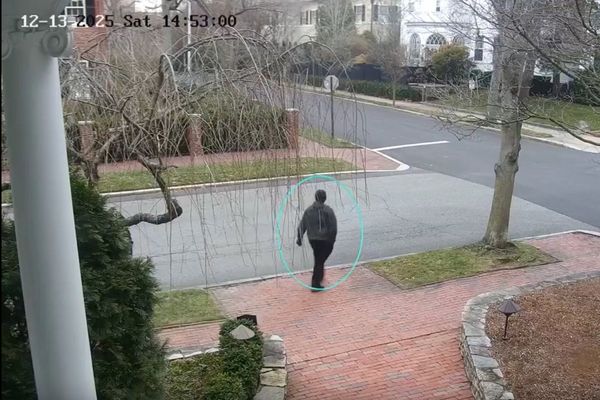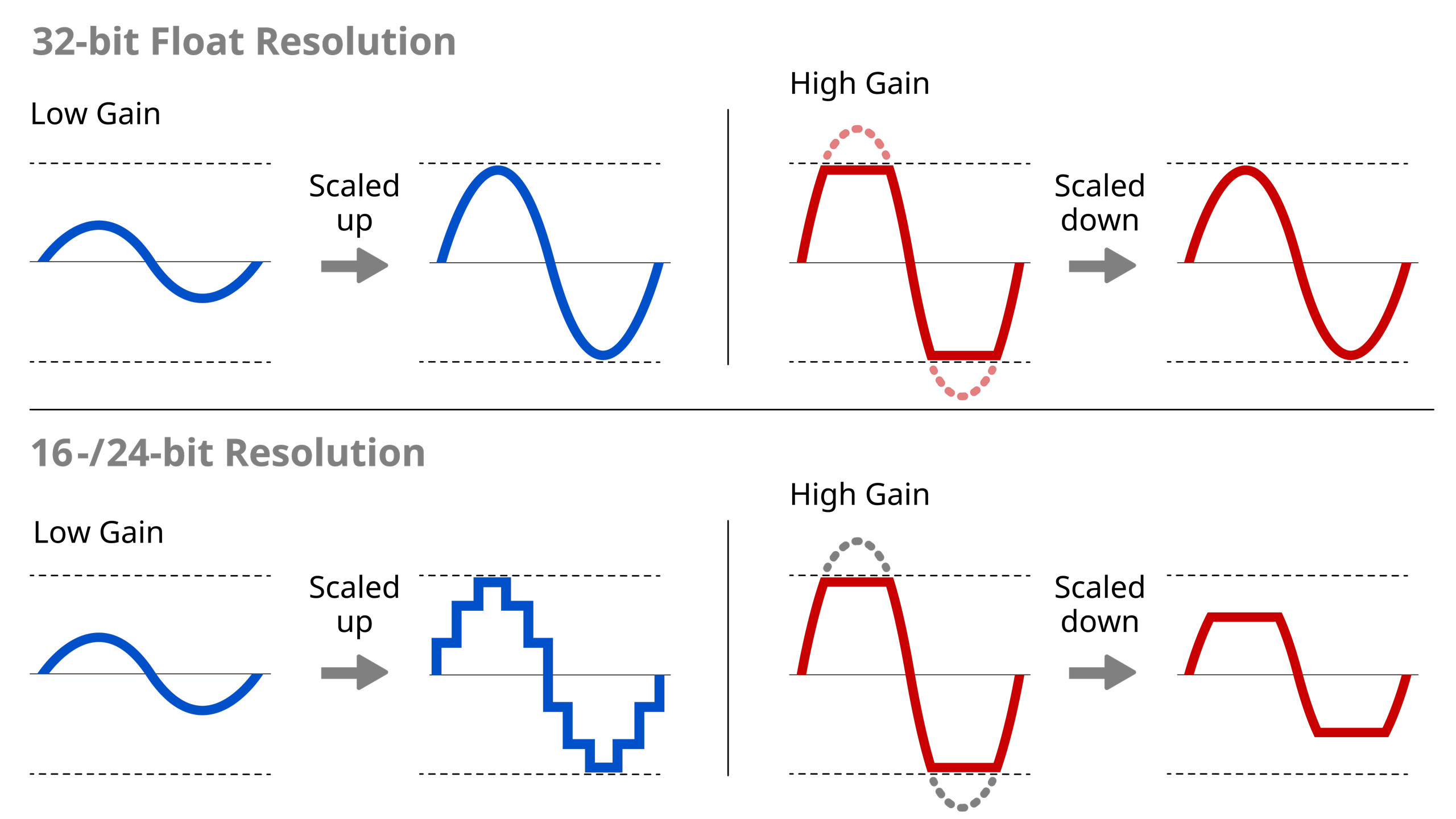
32-bit float audio sounds like a dream come true for vloggers and filmmakers, especially solo shooters, who already have enough to do without having to continuously monitor sound levels too. It means, in principle, that you don’t have to set the audio level at all and you can record sounds of any volume without clipping. How is that even possible?
It’s because the standard 24-bit audio recording format used by almost all cameras has a limited dynamic range, in audio terms. If you don’t set your audio levels correctly when you film, you may find unexpectedly quiet sounds don’t come out at all or unexpectedly loud sounds are clipped and distorted.
Good mic placement and some careful headphone monitoring can help and maybe let you know if you need to do a retake, but many events simply can’t be repeated and being both a videographer and an audio engineer at the same time isn’t easy.
Filmmakers and vloggers have been using regular 24-bit audio perfectly well for years, so it’s not like it’s suddenly useless. But it does have limitations in situations where the audio levels are unpredictable and fluctuate widely.
32-bit float recording changes all that. It’s kind of like capturing audio in ‘raw’ not ‘JPEG’... but with a difference. Cameras have limited dynamic range, so raw files give you a little extra leeway but not much. Microphones are different. Typically, they have a huge dynamic range capable of capturing undistorted sounds over a much wider volume range than the dynamic range of 24-bit audio capture.
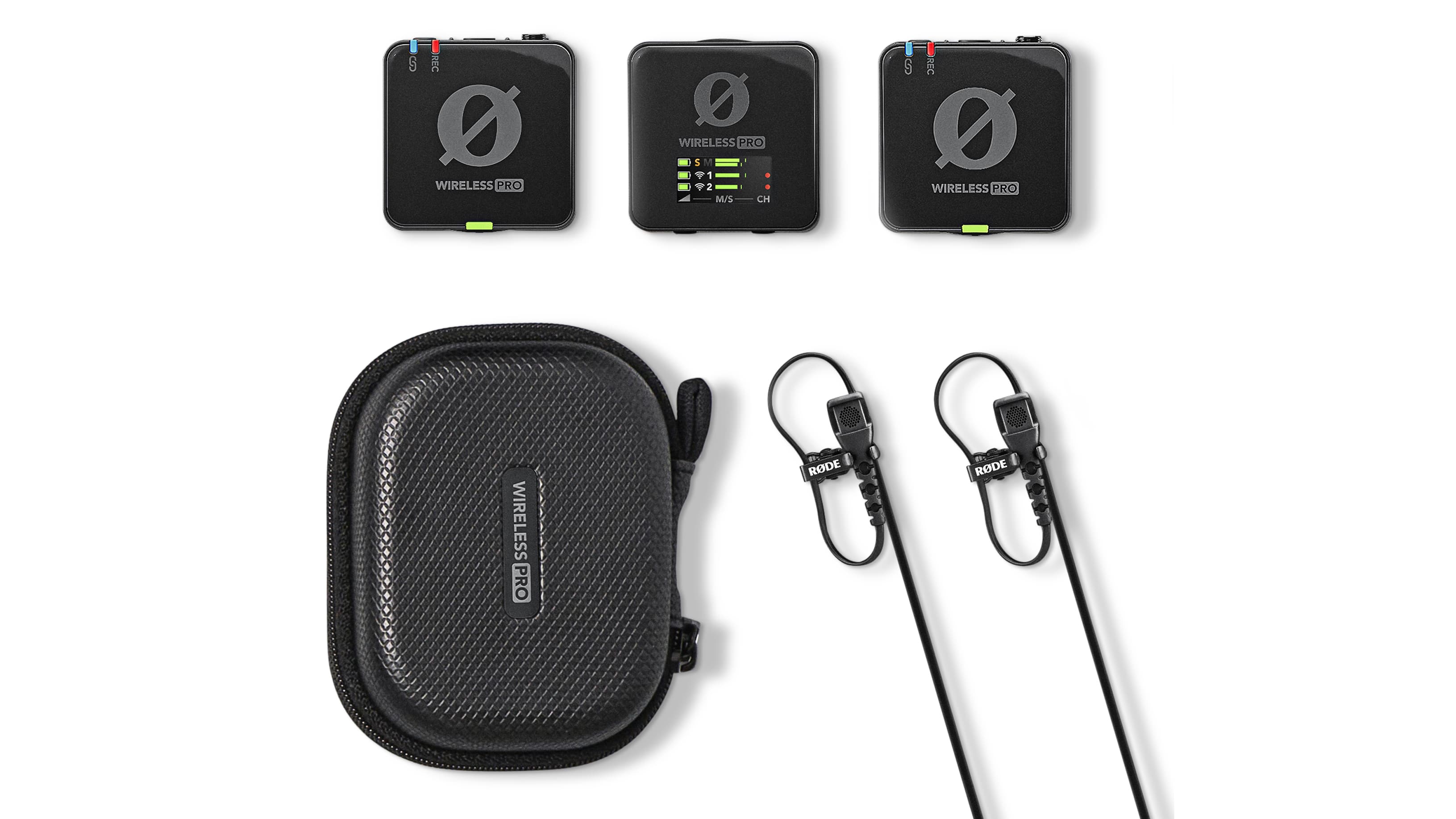
This is why 32-bit float audio products are typically sold as needing no levels adjustments – there’s no penalty from recovering very loud sounds in post to bring them back down into audible range. Pretty much all NLEs (video editors) support 32-bit float audio. You will still have to do a little manual editing work to recover very loud sounds, but they won’t be clipped.
What’s especially interesting about the 32-bit float format is that it changes the way values are recorded, swapping from a direct numerical representation to scientific notation, which uses a numerical value combined with an order of magnitude (exponent) to store hugely big numbers. The non-mathematical explanation is that 32-bit float can store audio levels so high they don’t exist in nature. You won’t run out of range.
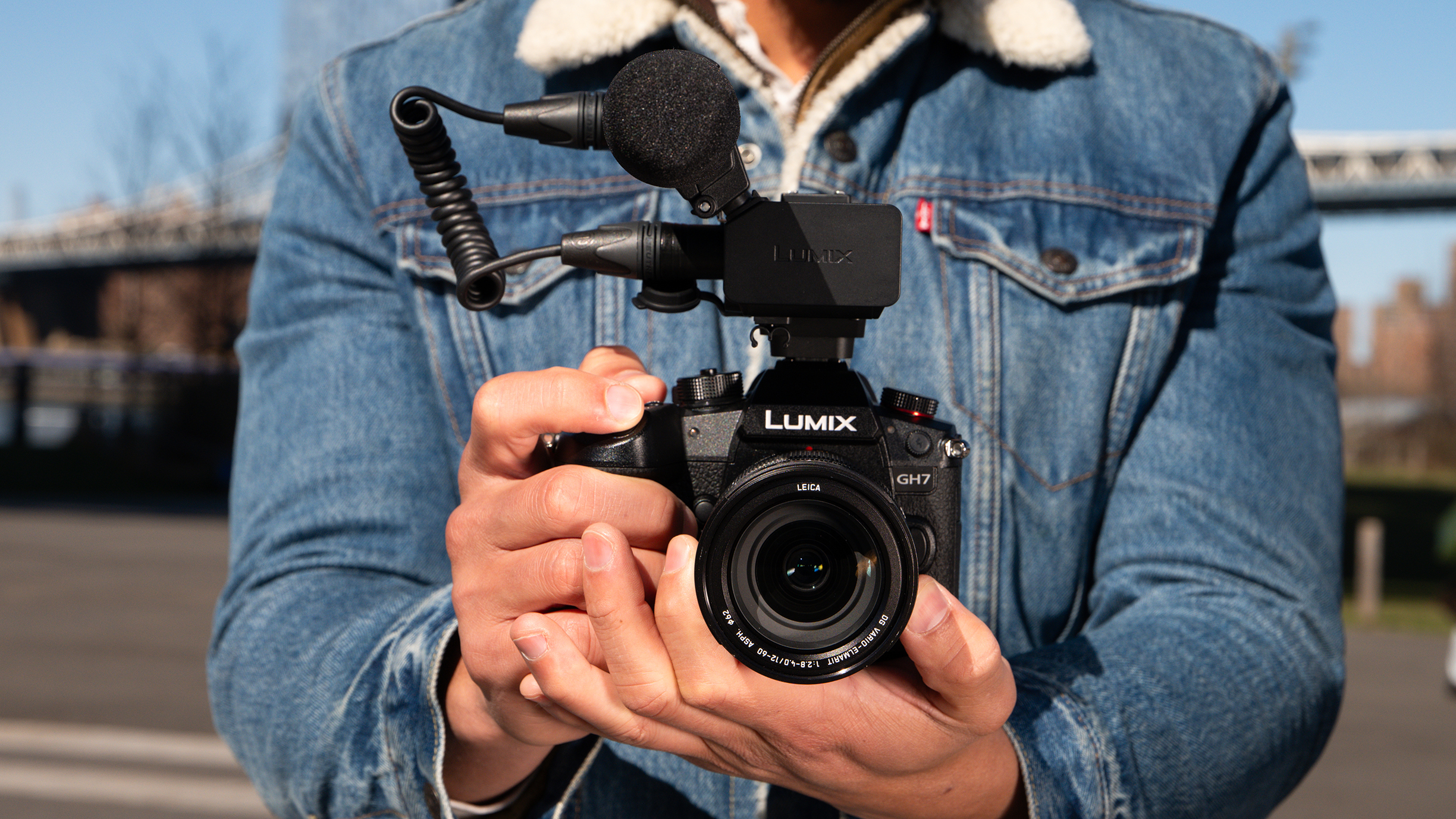
32-bit float is now appearing in many standalone audio recorders from Zoom and Tascam, for example, but has yet to appear built into hybrid cameras as standard – though Panasonic is selling a Lumix DMW-XLR2E XLR Microphone Adaptor with 32-bit float that can be used with the Lumix GH7, as well as the newly-announced S1II and S1IIE.
The RODE Wireless Pro and DJI Mic 2 microphone kits also offer 32-bit float recording. It’s becoming more and more common on pro audio kit.
So why not on cameras yet? You can perhaps understand it, since built-in camera mics don’t have the audio quality to justify it and their location is fixed at the camera position, so you can’t expect much from these anyway. Also, camera makers might reason that anyone skilled enough to use external audio gear can choose 32-bit float mics and recorders if they want to.
